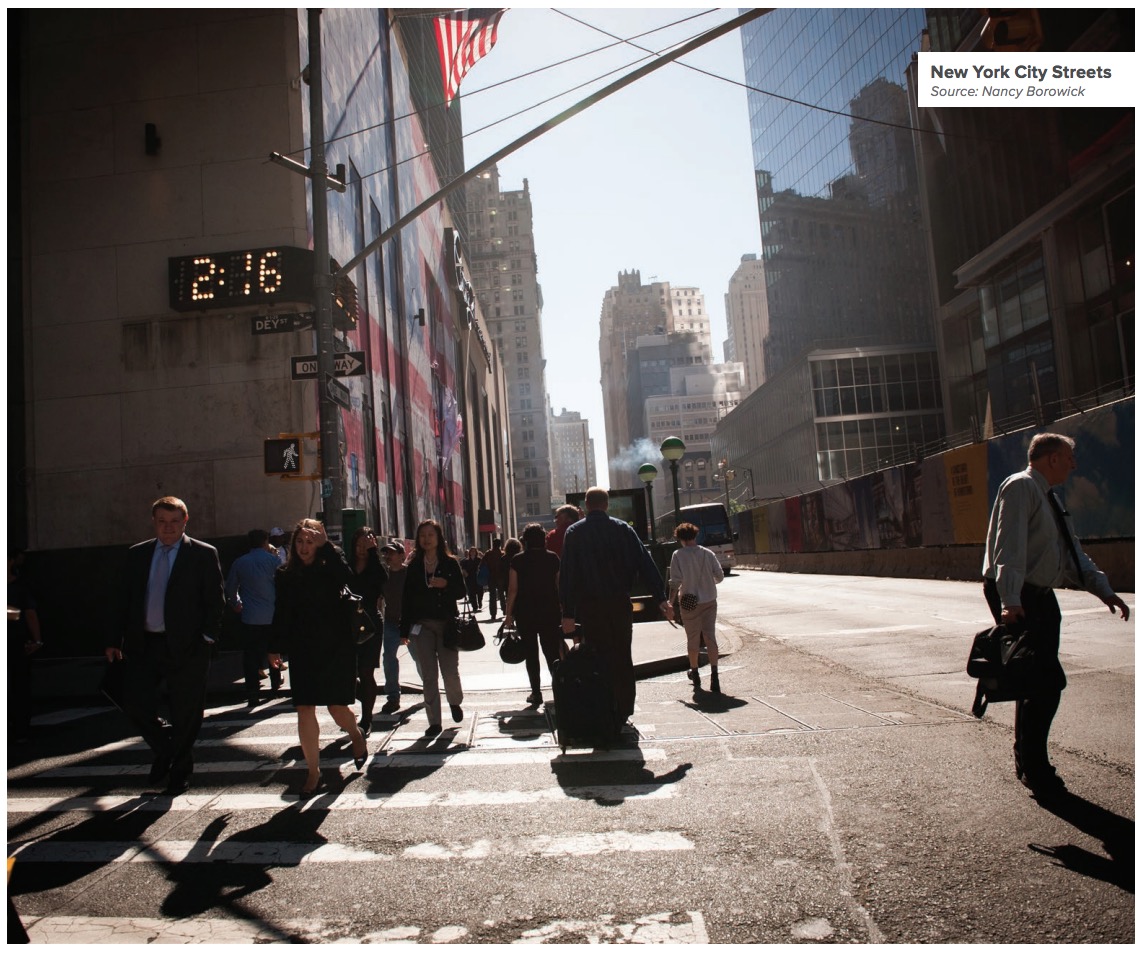
Without new affordable homes and walkable neighborhoods, housing markets tighten and costs rise, leading to less disposable income, longer commutes, the need to work longer hours, more stress, and poorer health for the region’s households. This disparity falls most heavily on the region’s lower-income households who, as referenced in RPA’s report Pushed Out, have seen housing costs rise unabated and continue to get pushed further away from central, walkable areas with access to jobs2. But it affects others as well – young families, seniors and anyone who needs affordable housing and doesn’t want to or can’t spend hours a day behind the wheel.
View this complete post...
Tags: Connecticut, CT, New Jersey, New York, New York City, NJ, NY, NYC, Regional Plan Association, RPA, TOD, Transit-Oriented Development
Posted in
Equity, Infra Views, Local, Policy, Public Transportation, Smart Growth, Sustainability, Transit, Urban Planning
Comments Off on Untapped Potential: Opportunities for affordable homes and neighborhoods near transit























 RSS Feed
RSS Feed